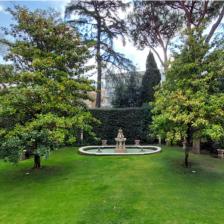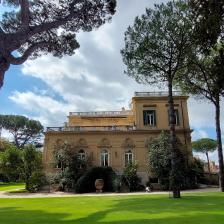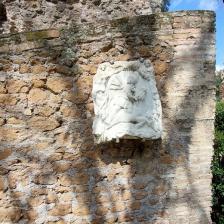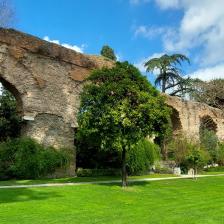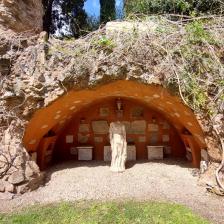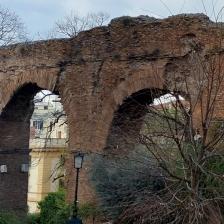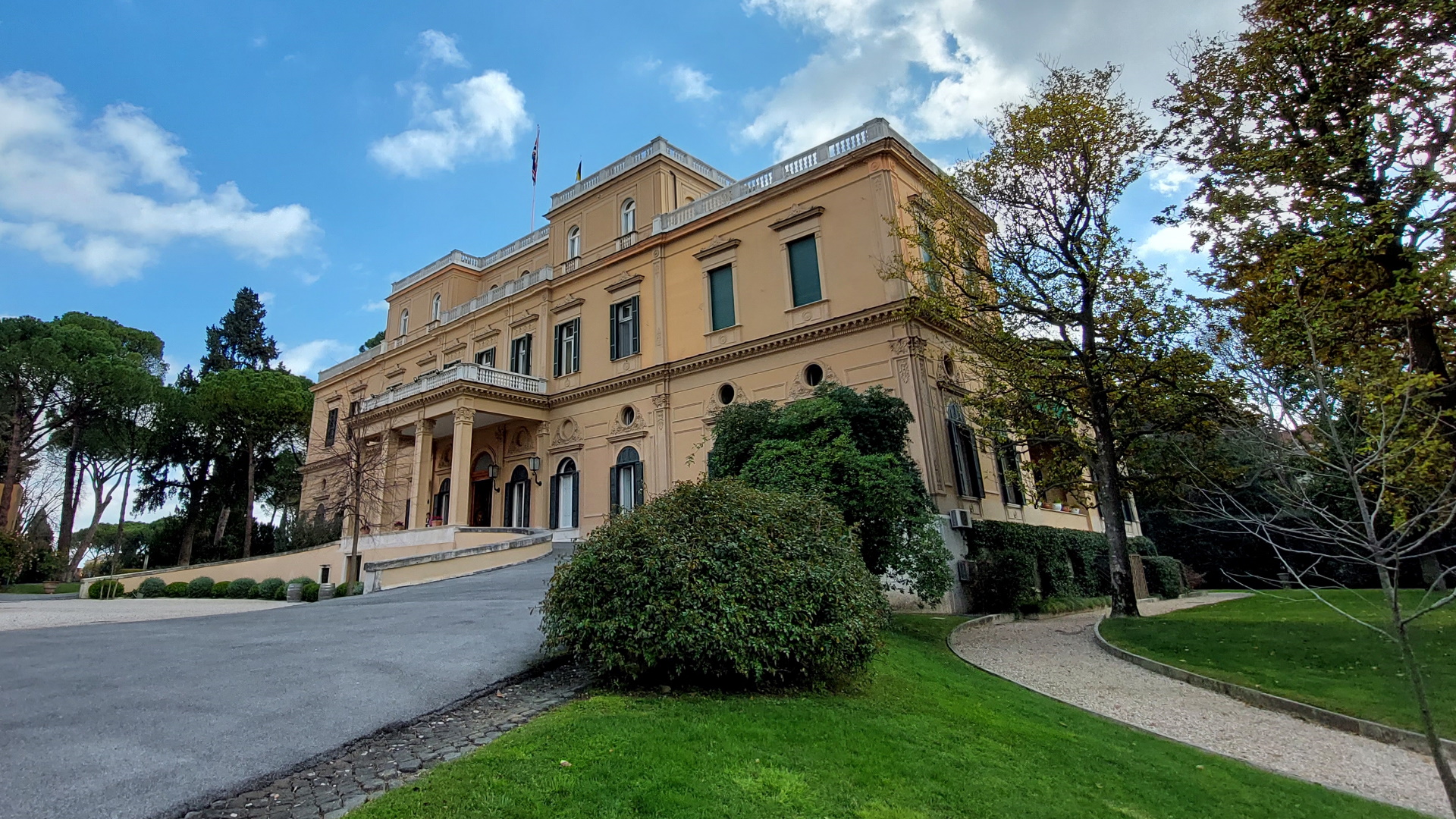
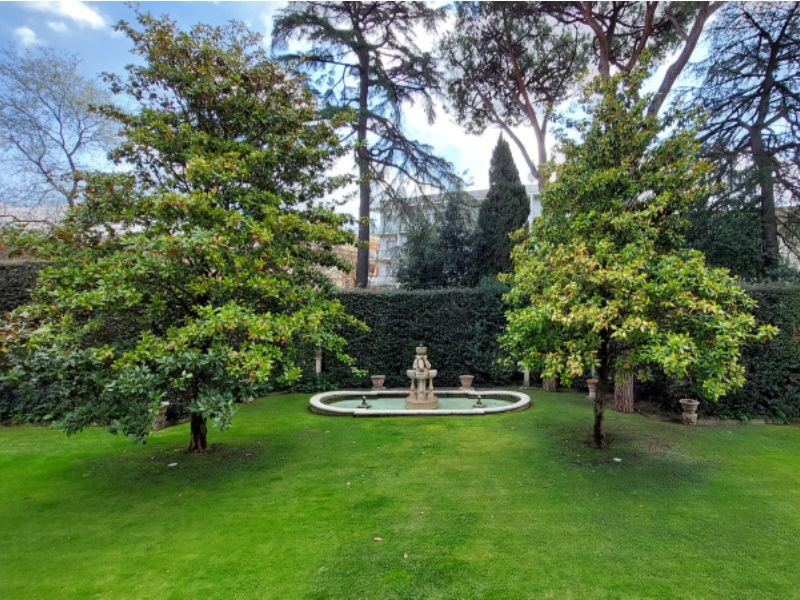
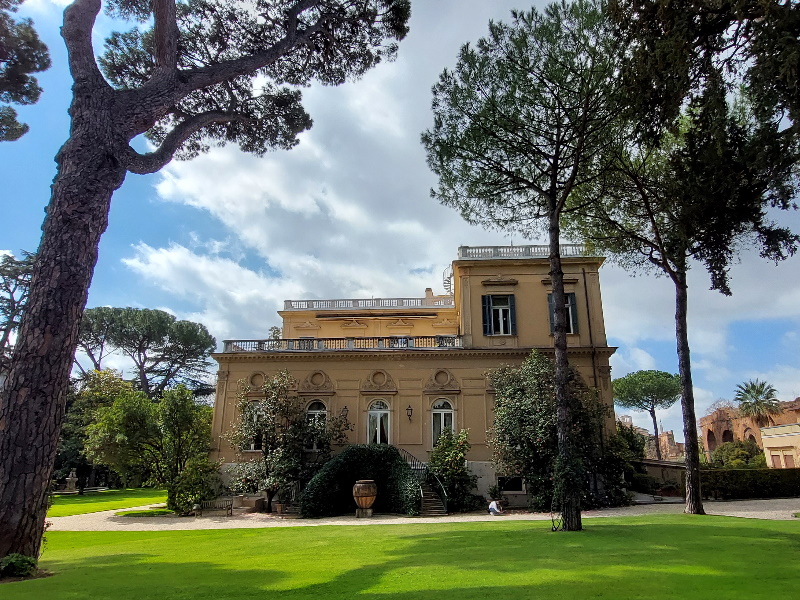
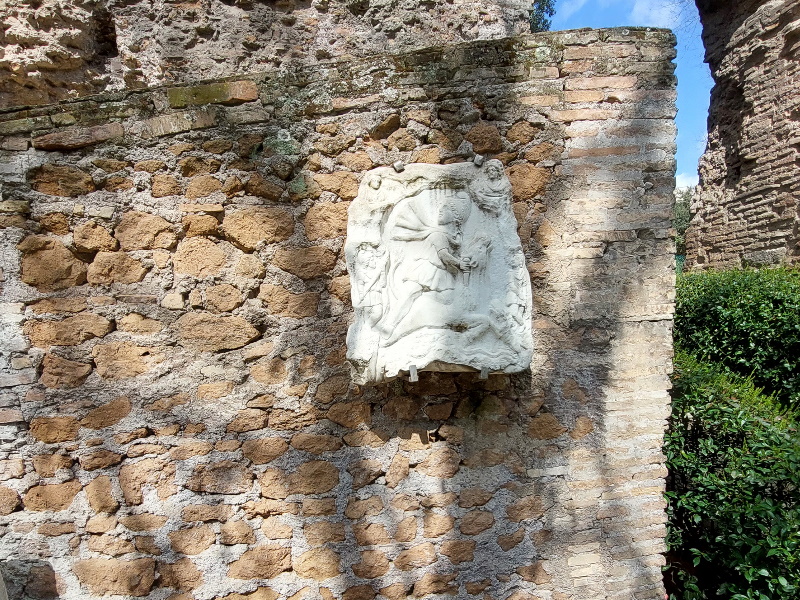
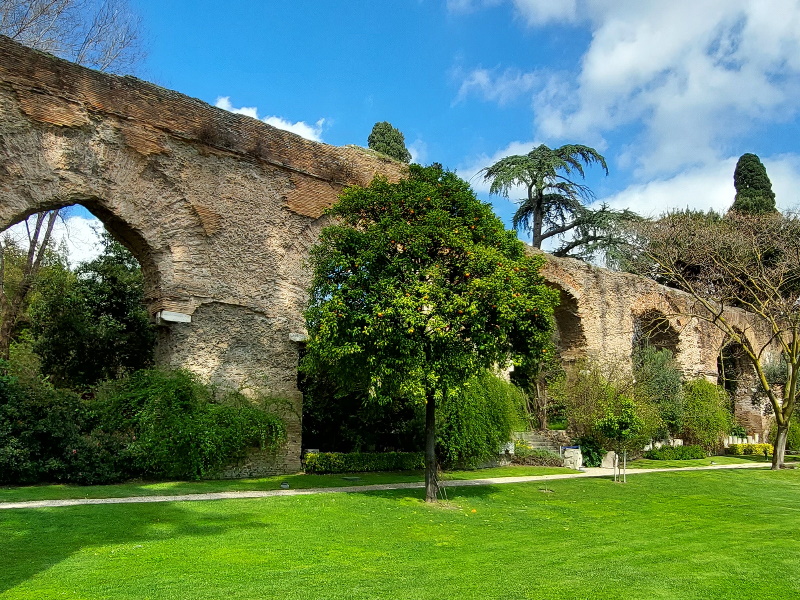
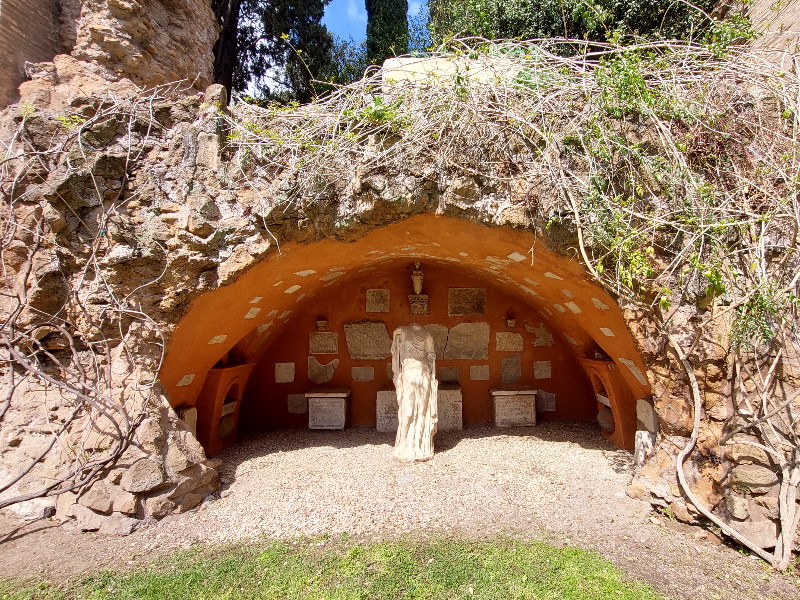
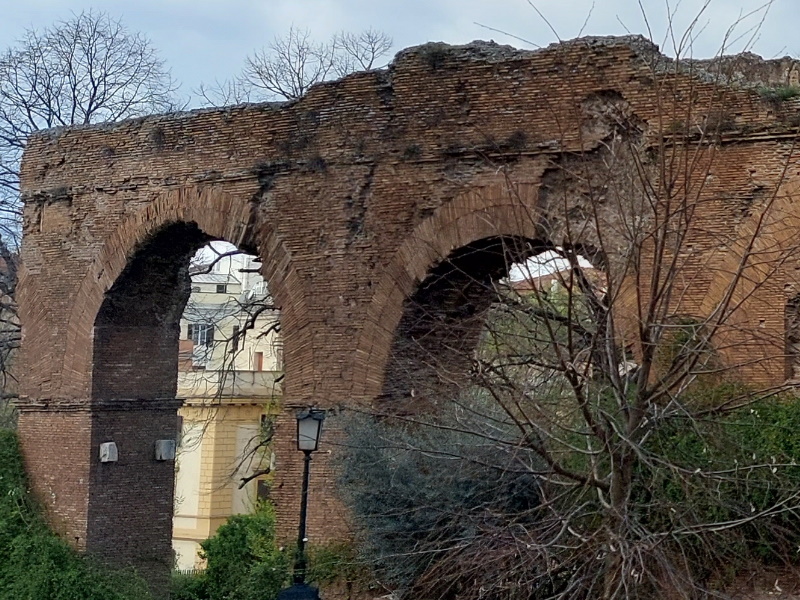
Just a few steps away from the Basilica of St. John in Lateran stands Villa Wolkonsky, one of the most fascinating aristocratic residences in Rome: an oasis of peace immersed in greenery, suggestively crossed by thirty-six spans of the Neronian aqueduct dating back to the 1st century AD.
In 1830, the Russian Princess Zinaida Wolkonsky, wife of an aide-de-camp of Tsar Alexander I, bought a vast piece of agricultural land - a portion of almost five hectares of the Esquiline Hill - on which to create a Buen Retiro where she could entertain artist and literary friends, such as Stendhal, Sir Walter Scott, James Fenimore Cooper, Gogol', who got the idea for The Dead Souls, Glinka and Donizetti.
The noblewoman commissioned the Roman architect Giovanni Azzurri to build a little residence - the original nucleus of the estate - set against three of the aqueduct arches, around which she created a romantic-style garden with roses, hedges, and numerous tree species, among which she arranged the statues, large amphorae, urns, and Roman artefacts from the tombs along the aqueduct.
When the princess died in 1862, her son Alexander inherited the villa and undertook the excavation of the Roman tombs beyond the aqueduct. In the period of Rome's rapid expansion after 1870, much of the property was liquidated and enlarged; the Campanari family, descendants of the princess, then had the opportunity to build a new, majestic villa.
The property was later further expanded with the addition of two wings and a fourth floor; simultaneously, the villa belonging to the princess was enlarged..
In 1922, the Campanari family sold the villa to the German government: it was the ambassador's residence until 1943. In 1947, it became the seat of the British Embassy, and in 1951, after the formal purchase by the British government, it became the ambassador's official residence.
The large garden underwent major transformations concerning its original layout, and the antiquities that adorned its avenues underwent a slow decline, which in some cases became a veritable oblivion; in fact, many of the ancient artefacts disappeared from view, buried by the vegetation.
The Wolkonsky Collection
The ambitious restoration work carried out since 2011 has made it possible to recover the original spirit and design of the splendid garden created by Princess Wolkonsky: as the native paths through the park are back to light, the numerous marble artefacts from the estate, many of which were in poor condition, are rediscovered and restored. Some of them, such as the beautiful family funerary portraits and splendid bas-relief sarcophagi, not particularly delicate from a conservation point of view, can now be found along the avenue bordering the aqueduct and re-propose, albeit in a new way, the original charm of the princess's garden.
Wolkonsky Greenhouses Museum
Other exhibits, including more sarcophagi, bas-relief fragments, votive figurines, inscriptions, and architectural elements, have found their place in the new Wolkonsky Greenhouses Museum: two interconnected 19th-century greenhouses located near the entrance gate to the residence, restored and prepared to accommodate the hundreds of pieces to protect from the weather. The greenhouse offer visitors the possibility of admiring the collection without interfering with the security requirements of Villa Wolkonsky while restoring an unprecedented combination of antiquity and nature.
The importance of the Wolkonsky Collection lies as much in the quantity and variety of the exhibits as in the presence of individual finds of great historical and artistic value, such as the funerary portraits, among which the Servilii portrait stands out, the sarcophagi decorated in bas-relief such as the Wreaths sarcophagus, the Chariot race one, and finally, the Musician Satyr, a beautiful life-size statue reassembled from 15 fragments found in the garden. The Satyr is the latest restored find and the first to greet visitors entering the new Greenhouse Museum.
Basílica de San Juan de Letrán
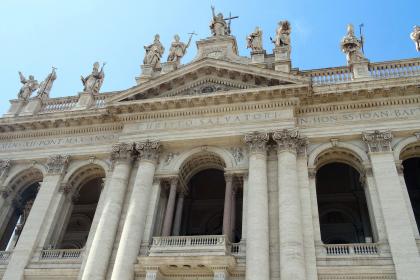
 Condividi
Condividi
Rione XV - Esquilino
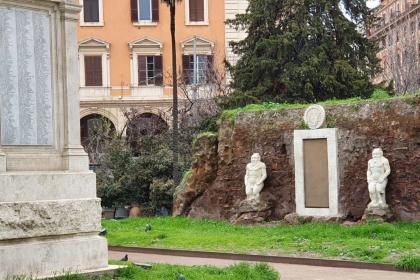
Casino Massimo Lancellotti (en Villa Giustiniani Massimo)
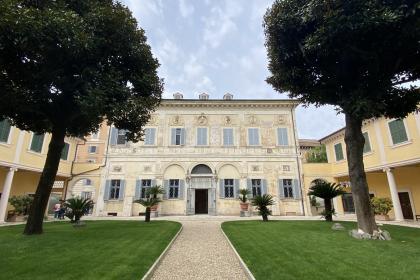
 Condividi
Condividi
Informaciones
The villa is the residence of the British Ambassador in Rome
 Condividi
Condividi
Location
Para conocer todos los servicios de accesibilidad, visite la sección Roma accesible.












































